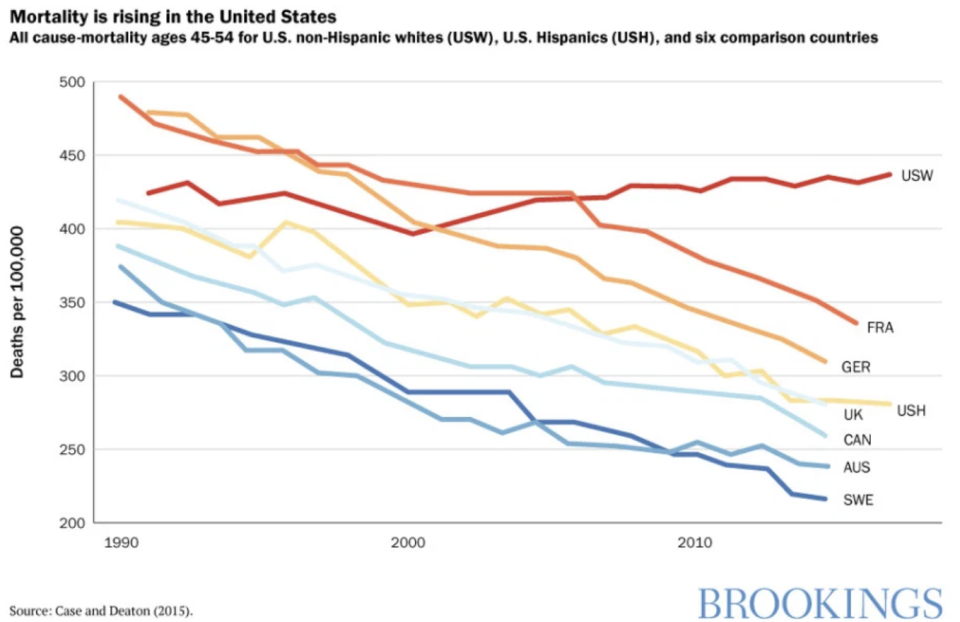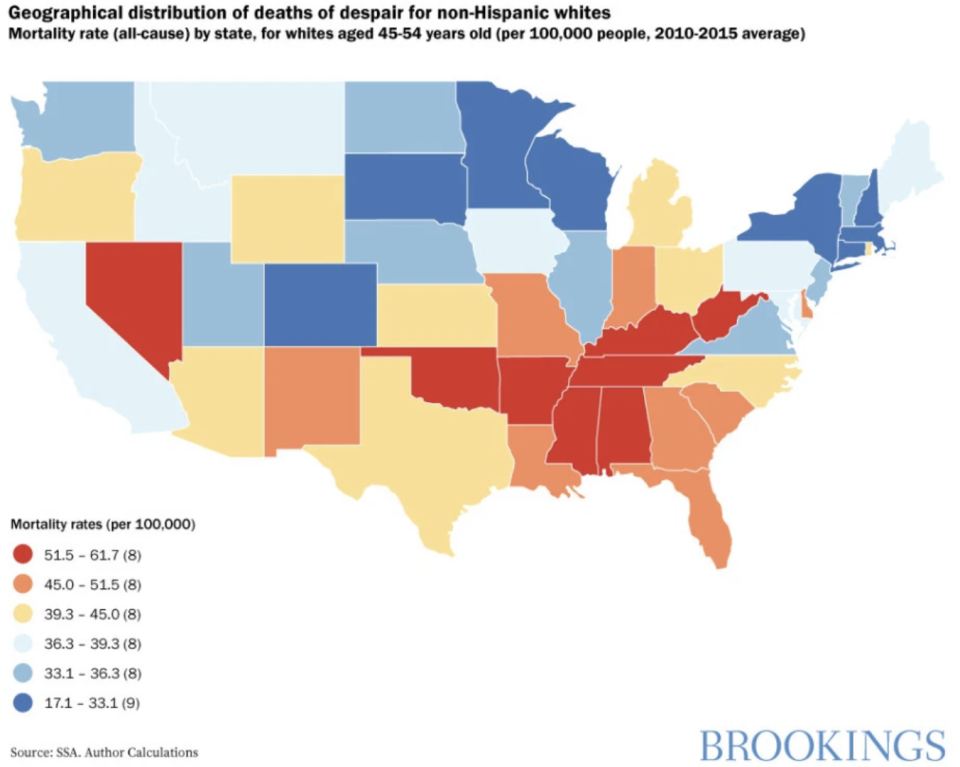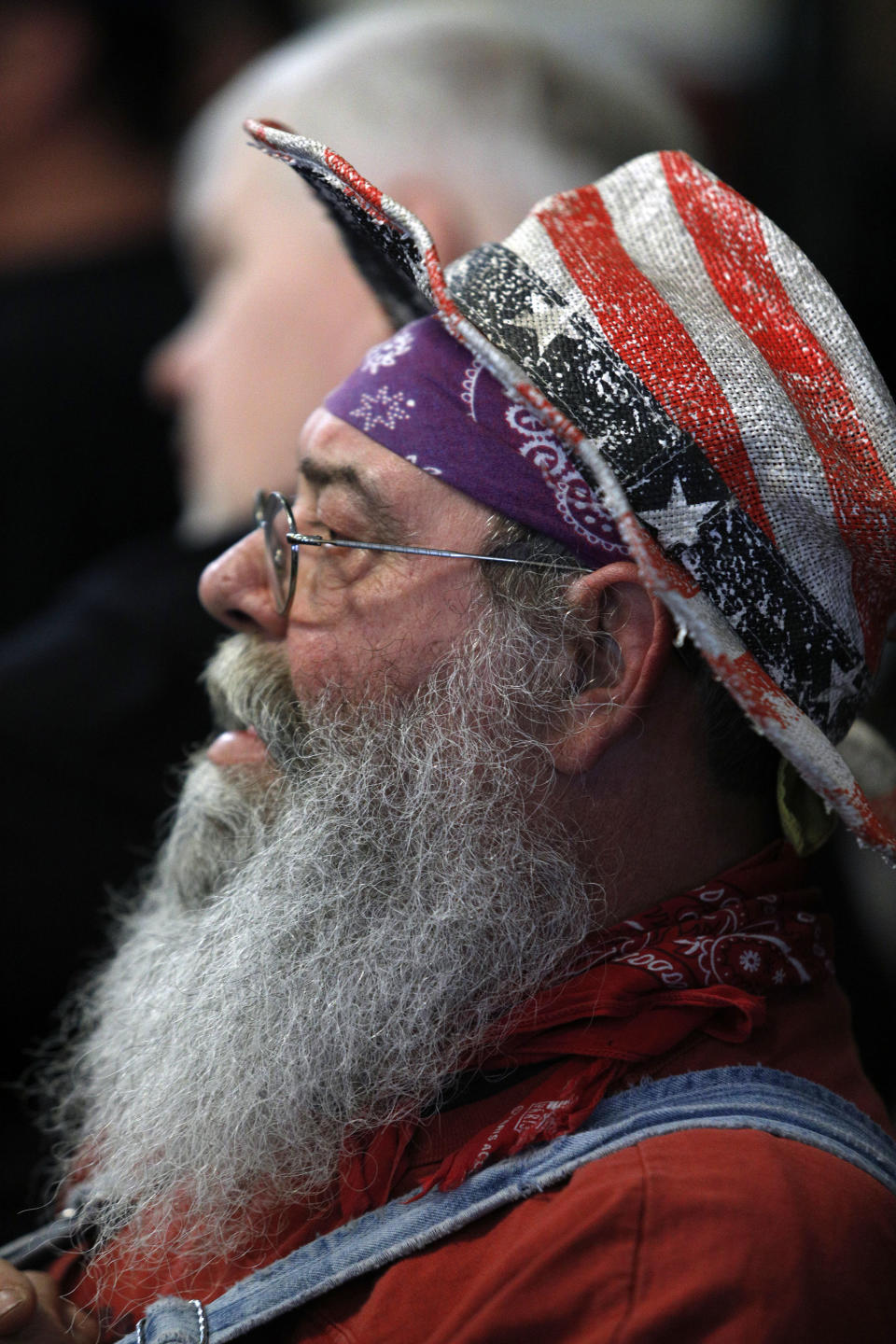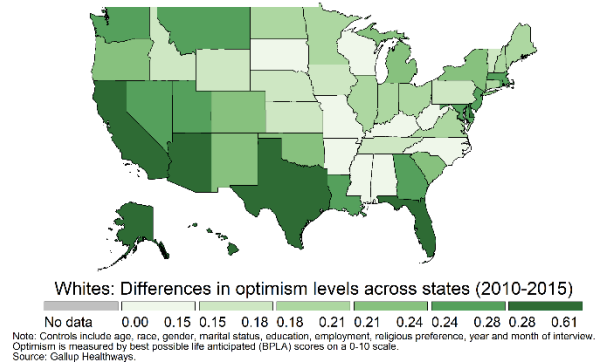Certain American men are dying 'deaths of despair'
Evidence of economic growth and prosperity in the U.S. is hard to miss. The stock market has been booming for more than 10 years and the unemployment rate is at a low 3.5%.
But the U.S. is also the only rich country in the world where the mortality rate has been going up, not down. Much of that trend is driven by men without college degrees in America’s heartland, according to Brookings.
“Significant sectors of our society are dying prematurely from preventable deaths (deaths of despair) and almost 20% of prime aged males are out of the labor force,” according to a recent Brookings report, “Geography of Desperation in America.”

“What’s interesting is that Hispanics and blacks who started off at lower levels of life expectancy, they have continued to make progress. They’re not in the deaths of despair category for the most part,” Brookings Institution’s senior fellow Carol Graham told Yahoo Finance, adding that “The entire trend is driven by premature mortality among less-than-college-educated whites, mainly in the middle-aged years. That’s a pretty big marker that something’s really wrong.”

‘Deaths of despair’
Despair and lower levels of well-being have played a key role in fueling the deaths of more than 1 million Americans from suicide, or health complications from drug or alcohol abuse from 2006 to 2015, Brookings found in its report, “Understanding the role of despair in America’s opioid crisis.”
The highest mortality rates are most prevalent in America’s heartland, in states such as Arkansas, Mississippi, Alabama, Tennessee, and Kentucky, Brookings found. Those regions are precisely the places where the manufacturing and coal mining jobs that used to provide predominantly men without college degrees a lower-middle-class existence as blue-collar workers have disappeared.
“We uncovered those death patterns,” Graham says. “What struck me is that poor African-Americans were three times as likely to be optimistic about the future as poor whites,” Graham said. “The metric that really stands out is not sort of happy, unhappy. Happy today doesn’t matter a whole lot. It’s hope for the future or lack thereof that’s really linked with premature mortality.”

America’s heartland has the highest concentration of states with the weakest optimism levels among whites. Lack of hope, worry, reported pain, reliance on disability insurance, and deaths of despair are prevalent across these places, according to Brookings.
“We find particularly high levels of misery among prime aged males out of the labor force,” the report says.
A Brookings report published in 2017 had similar findings: Whites without a college degree had mortality rates below that of blacks in 1999. But by 2015, the mortality rates for this same group rose 30% higher than blacks. Other research has shown that an increase in educational attainment is associated with a lower mortality rate for both white women and men.
“Women and blacks became more optimistic over time, beginning in the 1970’s when gender and civil rights improved,” Graham wrote in the report. “The one group that experienced drops in optimism around the same time were less-than-college-educated white males, not coincidentally when the decline in manufacturing began.”

The despair and opioid crisis are also contributing to the decline in workforce participation among prime-aged males who are more likely to live in counties suffering from manufacturing declines and higher rates of opioid prescriptions, according to Graham.
More from Sibile:
Bankrate: Nearly half of US isn’t prepareds for a recession as economic clouds gather
Eric Trump: China is one of the reasons Donald Trump ran for president
Jobs report: Here’s why you’re not earning more despite record low unemployment
Read the latest financial and business news from Yahoo Finance
Follow Yahoo Finance on Twitter, Facebook, Instagram, Flipboard, LinkedIn, YouTube, and reddit.

